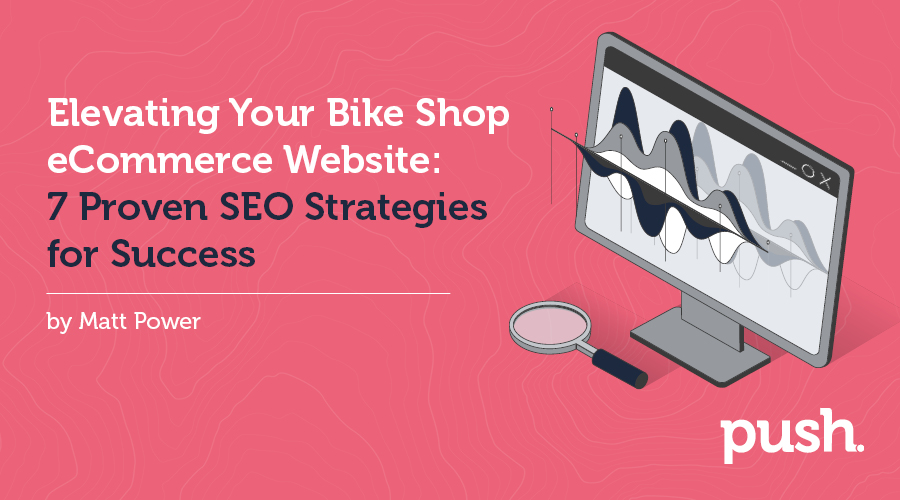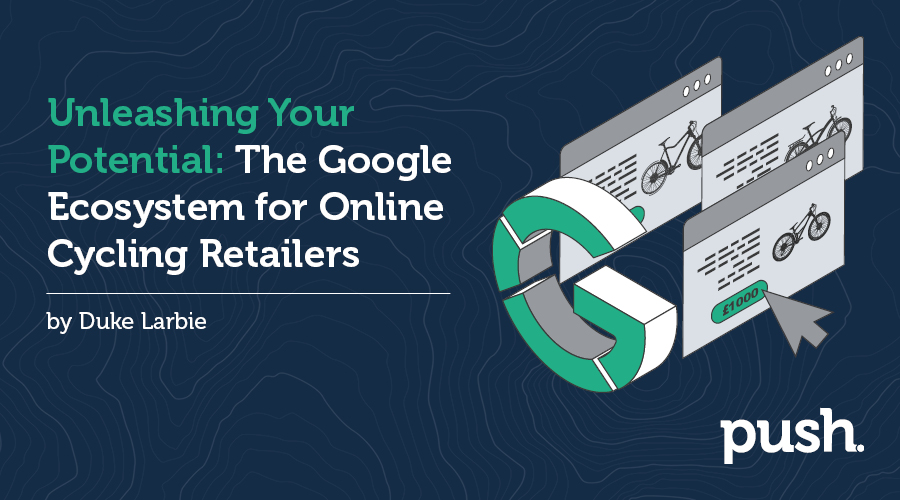E-Commerce
Online & In-store Experience - How to Merge the Two
Customer engagement is key to the success of your business. But in today's digital age, it can be a challenge to keep up with the ever-evolving needs and expectations of your customers. Many cycling retailers now have an online presence, but how can you merge your e-commerce store with your in-store experience for better customer engagement? Here are some tips to get you started.
Provide a seamless omnichannel experience
In today's world, customers expect a seamless experience whether they are shopping in-store or online. To achieve this, it's important to integrate your e-commerce store and physical store to provide a cohesive shopping experience. One way to do this is by offering a buy-online, pickup in-store option. This allows customers to shop online and then pick up their purchases in-store, saving them time and money on shipping costs. By making it easy for customers to shop the way they want, you can improve customer satisfaction and loyalty.
Another way to provide a seamless omnichannel experience is by allowing customers to return items purchased online in-store. This not only provides customers with the convenience of returning items in person but also helps you manage your inventory more efficiently. You can also use your physical store to drive traffic to your e-commerce store by featuring your website on in-store displays, signage, or even receipts. By creating a seamless omnichannel experience, you can improve the shopping experience for your customers and make it easier for them to engage with your brand across multiple channels.
Personalise the shopping experience
Personalisation is a powerful tool for building customer engagement. By tailoring the shopping experience to the individual needs and preferences of your customers, you can create a more meaningful and memorable experience. There are many ways to do this, such as using data from your e-commerce store to recommend products or offering personalised in-store promotions based on a customer's purchase history.
For example, you can send personalised emails to customers based on their shopping behaviour. If a customer has recently bought a new bike, you can send them personalised recommendations for accessories that complement their purchase. If a customer has abandoned their cart, you can send them a personalised email offering a discount or free shipping to entice them to complete their purchase.
Another solution to improve in-store experiences can be to offer personalised fittings for cycling shoes, helmets, or other gear. This not only provides a better shopping experience for customers but also helps you build relationships and trust with your customers by showing your customers that you understand their needs and preferences.
Create memorable experiences
Your physical store is an important part of your brand identity, and it's essential to use it to create memorable experiences for your customers. This not only provides a better shopping experience but also helps to differentiate your brand from competitors. Some retailers use your physical stores to create unique events, workshops, or classes that showcase your products and expertise.
Organising a bike maintenance workshop or a cycling safety class in-store can be a great way to engage with the community and build relationships. Other ideas can include group rides or community events that bring together cycling enthusiasts. These types of events not only provide a memorable experience but also help to build relationships and trust with your customers.
Encourage customer feedback
Finally, to merge your e-commerce and in-store experiences for better customer engagement, it's essential to encourage customer feedback. Customer feedback provides valuable insights into what your customers want and need from your brand. You can use customer feedback to identify areas for improvement or new opportunities for growth.
You can encourage customer feedback by offering surveys or feedback forms in-store or online. Social media channels like Facebook and Instagram are also clever ways to solicit feedback from customers whilst keeping those channels active and engaging. It's important to respond to customer feedback promptly and transparently, whether it's positive or negative. By listening to your customers and making changes based on their feedback, you can build stronger relationships.
In conclusion, merging your e-commerce and in-store experiences can create better customer engagement for your cycling shop. By providing a seamless omnichannel experience, personalising the shopping experience, using technology to enhance the in-store experience, creating memorable experiences, and encouraging customer feedback, you can improve the shopping experience for your customers. Remember that the key is to place yourself in the shoes of your customer and provide a shopping experience that is convenient, engaging, and memorable.



